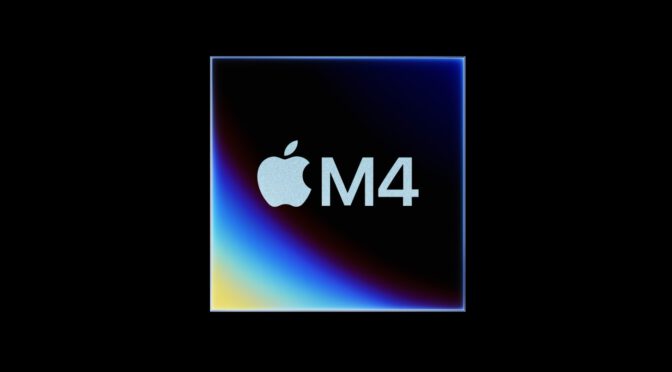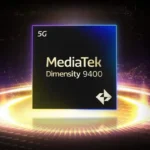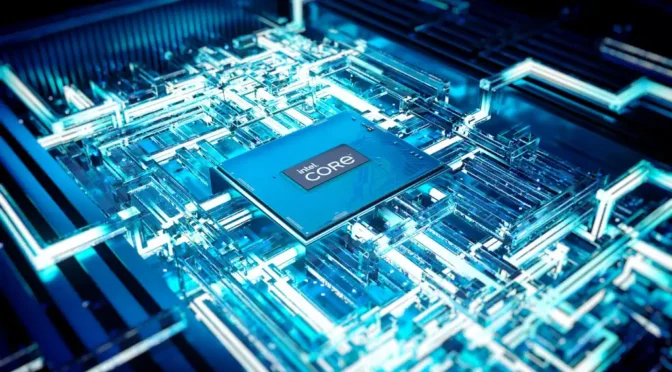[Image credit: Apple]Apple M4 Chip: Specifications, Performance, and Future in Macs
Apple has unveiled its latest silicon, the Apple M4 chip. Initially launched in the iPad Pro, this new chip is set to power future Macs. Let’s explore what the M4 brings and when we can expect to see it in more Apple devices.
Launch and Availability
Apple introduced the M4 chip during the ‘Let Loose’ event on May 7, 2024. The chip first appeared in iPad Pro models, which started shipping on May 13, 2024. Now, Apple plans to bring the M4 to its Mac lineup. This rollout will begin with the MacBook Pro 14-inch, iMac, and Mac mini, likely as early as October 2024. MacBook Air models are expected to get the chip sometime in 2025. However, Apple may adjust the timeline, and we will know more when new products are officially announced.
Technical Specifications of the M4 Chip
The Apple M4 chip is built on TSMC’s 3nm process, like the M3, but with notable improvements. It features a 10-core CPU, including four performance cores and six efficiency cores, and a 10-core GPU. Compared to the M3’s base version, which had eight cores each for CPU and GPU, this represents a significant upgrade. The M4 also includes a 16-core neural engine that can perform up to 38 trillion operations per second, enhancing AI processing capabilities.
The M4 chip packs 28 billion transistors, up from 25 billion in the M3. It supports up to 128GB of unified memory. Additionally, it maintains support for hardware-accelerated ray tracing, dynamic caching, and mesh shading, similar to the M3 but more refined. New features include support for Tandem OLED displays and hardware-accelerated AV1 media support.
Performance Improvements
Comparing the M4 to the M3 is challenging since the M4 is only in the iPad Pro so far. However, initial tests show promising results. The M4 chip delivers 20% faster CPU performance than the M3. In everyday use, though, this performance boost may not be as noticeable.
When it comes to GPU performance, the M4’s ray-tracing capabilities shine, delivering 13-14% faster results over the M3. The most significant leap appears in neural engine performance, where the M4 is up to 46% faster. This improvement will be crucial for Apple’s future AI development, including its Apple Intelligence projects.
Upcoming Devices and Expectations
Currently, the Apple M4 chip only powers the iPad Pro. However, we anticipate an October 2024 event where Apple will introduce Macs equipped with the M4. Expected devices include the iMac, MacBook Pro, Mac mini, and potentially the MacBook Air. We may not see all these devices at once, but the M4’s expansion to Macs is imminent.
Additionally, Apple might release the M4 Pro and M4 Max soon, possibly by the end of this year. These launches will set the stage for the upcoming holiday season, showcasing the M4 chip’s capabilities in some of the best laptops and desktops available.
The Apple M4 chip promises improved performance across all categories, from CPU and GPU to AI processing. As this new silicon spreads across Apple’s product line, users can expect faster, more efficient devices, perfect for demanding applications and creative work.






















